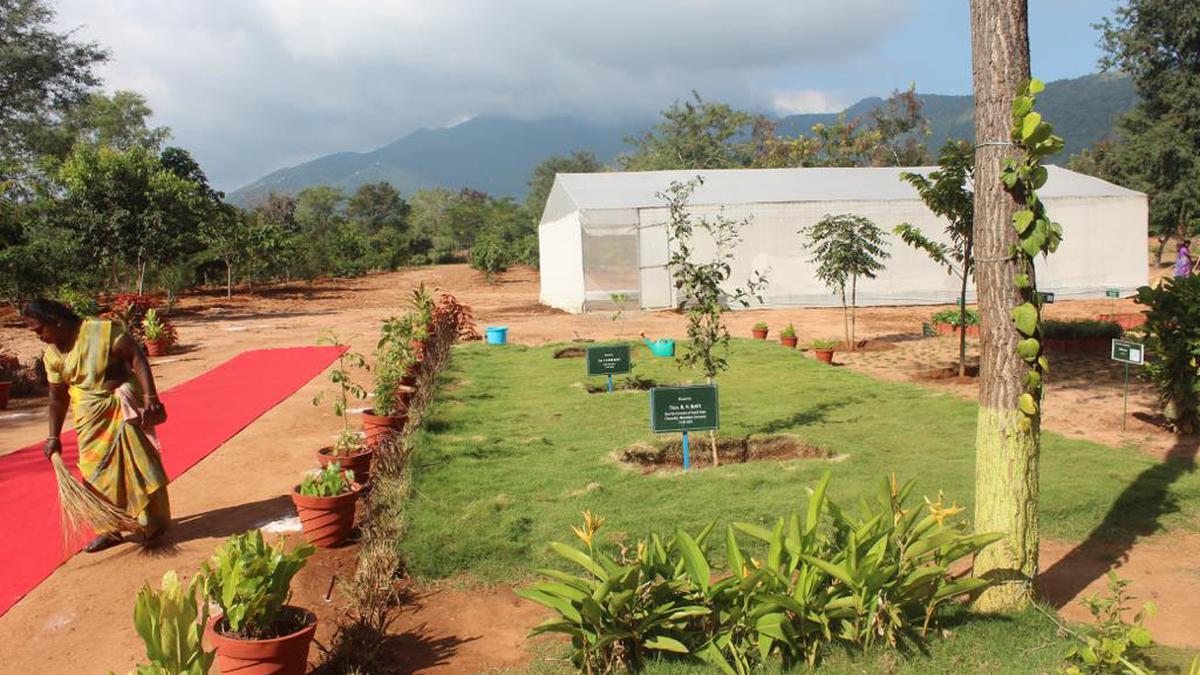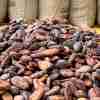
BU’s herbal garden in Coimbatore with more than 230 rare and endangered species gets a website
The Hindu
Bharathiar Univ. launches website for Herbal Garden, featuring 230 rare, endemic & endangered plants. Principal Secretary A. Karthik requested Botany Dept. to infuse uniqueness into website. Garden nurtures medicinal plants in ground-raised beds & is maintained by Botany Dept. Garden to popularise medicinal herbs & conserve traditional knowledge. Proposal for funding submitted to National Medicinal Plants Board to expand area & culture endangered plants for commercial cultivation. India Herbal Extracts Market forecast (2023-2028) revenue estimated to reach 2.6 billion dollars by 2027.
Bharathiar University on Friday launched a website for its Herbal Garden on a 4.5-acre expanse in the campus hosting nearly 230 rare, endemic and endangered plant species, signalling a renewed thrust for expansion of the serene patch.
Principal Secretary, Department of Higher Education, A. Karthik, who is also the convenor of Vice-Chancellor Committee, launched the website and planted a sapling. Mr. Karthik requested the Botany Department that maintains the garden to infuse uniqueness into the website: https://herbalgarden.b-u.ac.in/, with substantial information about medicinal plants. V-C Committee members F.X. Lovelina Little Flower, Ajeet Kumar Lal Mohan, and C.A. Vasuki, and registrar in-charge K. Murugavel also took part.
Unlike the usual botanical gardens with arboretums, glass houses, green houses, shade houses, and aquatic habitat mimics, medicinal plants are nurtured in ground-raised beds in the garden located at the foot of Maruthamalai Hills, a diversity-rich part of Western Ghats.
Maintained by the Department of Botany, the University Herbal Garden came into being last year with the funding support of RUSA 2.0. The Bharathiar Cancer Theranostics and Research Center (BCTRC) serves as a foundation for extrapolating the natural diversity into a botanical garden in a holistic manner.
According to the garden coordinator K. Vasanth, Associate Professor, Department of Botany, the purpose is to popularise the usefulness of the commonly available and utilised medicinal herbs and to conserve the associated traditional knowledge for future generations.
The garden featuring diverse and functional individual compartments for different varieties and categories of plants like herbs, shrubs, trees, orchids, and primitive plants is also to be used as a means for incorporating ethnic knowledge into the academic curriculum. A team under the supervision of department head T. Parimelazhagan has initiated efforts for integration of traditional medicinal practices into scientifically valid systems of medicine.
With the intent of expanding the area of the garden further, a proposal for funding has been submitted to the National Medicinal Plants Board, Mnistry of Ayush, Government of India.













